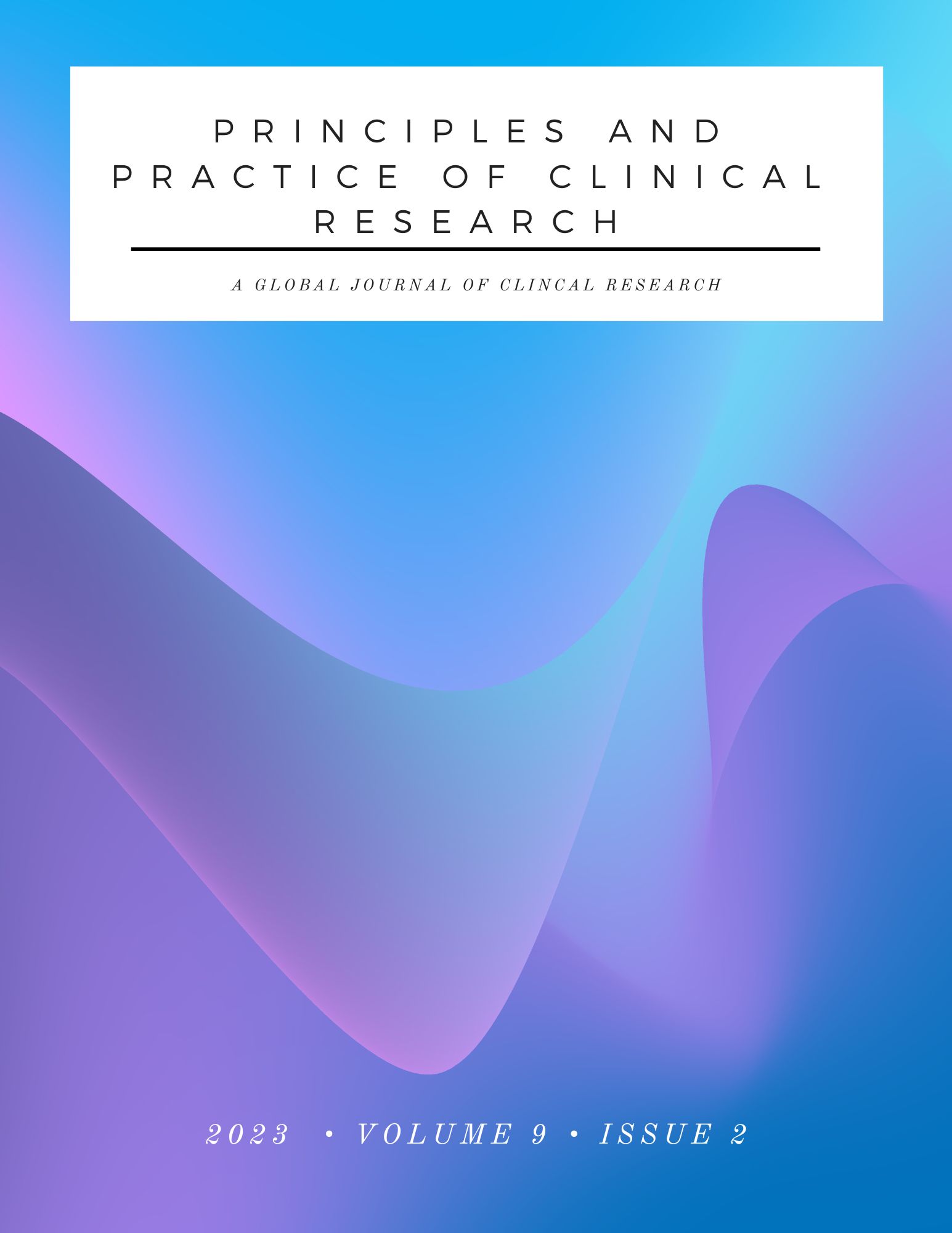Pursuing Dementia in People Living with HIV: Prevalence and Associated Factors
Main Article Content
Abstract
Introduction: The human immunodeficiency virus (HIV) is the main cause of neurocognitive impairment in people younger than 40 years old. The development of combined antiretrovirals (cARV), the comprehension of disease pathogenesis, and the constant search for better life quality in people living with HIV/AIDS have led to the HIV disease chronic evolution. Hence, it has been common to observe chronic diseases such as HIV-associated neurocognitive disorder (HAND). Unfortunately, the practitioner's unfamiliarity with HAND screening and treatment has contributed to poor patient care.
Methods: We evaluated 134 patients living with HIV/AIDS and performed two tracking tests, the Mini-mental, which evaluates cortical dementia, and the International HIV Dementia Scale, which evaluates subcortical dementia.
Results: We observed dementia associated with HIV (HAD) in 29 patients (prevalence of 21.6%; CI 95%: 15.0 – 29.6). The independent factors related to HAD in this study, with statistical significance, were age (RPaj 1.05; CI 1.00 – 1.09; p=0.033), TCD4+ nadir (RPaj 0.998; CI 95% 0.996 – 0.999; p=0.03), and more than two years of detectable HIV viral load (RPaj 2.35; CI 95% 1.27 – 4.33; p=0.006).
Discussion: The prevalence of dementia related to HIV in our study was similar to the Brazilian and International data. Early diagnosis and treatment are fundamental for preventing HAND development, especially in older patients.

